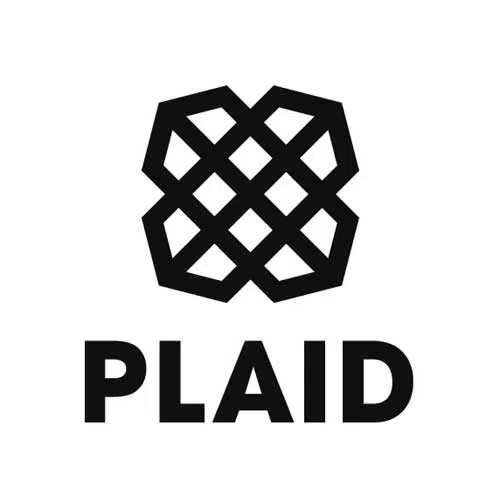As part of its strategy to support application developers, open-banking platform provider Plaid Inc. this week introduced at its developer conference several tools to help developers create a broader range of financial technology applications regardless of the programming language developers use.
The new suite of tools include Plaid Pattern apps, which are intended to make it easier for developers to build Plaid integrations and understand how to work with Plaid; an OpenAPI format to make it easier for developers to generate libraries, code snippets, and test tooling; and the Sync API, which enables developers to build in automatic updates to transaction data. Plaid’s technology lets financial-services firms verify users’ bank accounts and funding via an application programming interface to support payments, funds transfer, and other activities
“Plaid is a developer product, and for us, it’s always been about the building blocks that help innovators and developers build, launch, and scale their apps and services,” Alex Hoffer, head of developer relations for Plaid, says by email. “What we’re announcing supports developers at all phases of their development journey.”

The Plaid Pattern apps are intended to provide real-world best-practice examples for developers building with Plaid for some of Plaid’s most common use cases—in this case personal financial management and account funding.
A recent survey conducted for Plaid by Harris Research revealed that 82% of consumers list easier tracking of finances as one of their top reasons for using fintech applications. In addition, account-funding apps such as PayPal Holdings Inc.’s Venmo and Robinhood, have become extremely popular with consumers because they provide an easy way to transfer funds via the automated clearing house network.
“For developers that are just starting out, these examples can inspire and help developers create their own integrations,” Hoffer says. “Not only are [financial management and account funding] some the of the most common/popular [use cases] with Plaid customers, they’re also representative of how best to integrate with Plaid using a variety of Plaid APIs and endpoints.”
Plaid’s new Sync API helps developers make sense of dynamic bank data and get the most up-to-date and accurate picture of consumer’s transactions data. For example, when eating at a restaurant, the initial pending charge on a credit card will represent the cost of the meal without a tip. Later, the pending charge will be removed and then replaced by a new transaction representing the cost of both the meal and the tip. To show the correct transaction history and avoid presenting duplicate transactions, developers would have to call Plaid’s Transactions API in response to receiving a what is known as a webhook, then use that information to reconcile any duplicate charges, says Hoffer
“This process can be difficult and cumbersome,” Hoffer adds. “It can also be error-prone. For example, if a server on the developer’s end happens to be down when a webhook is sent, the developer’s app never learns about the updated transaction.”
With the Sync API, developers are informed of the newest and most detailed state of transactions, allowing them to build apps with more efficient code. It also allows developers to track which transaction updates they have not seen and smoothly apply them in sequence. Developers can request up to 500 updates at once. “Sync API proactively bubbles up all the information about updated transactions in one place,” Hoffer says.
Finally, Plaid’s OpenAPI enables developers to auto-generate their own client libraries in more than 40 programming languages.





